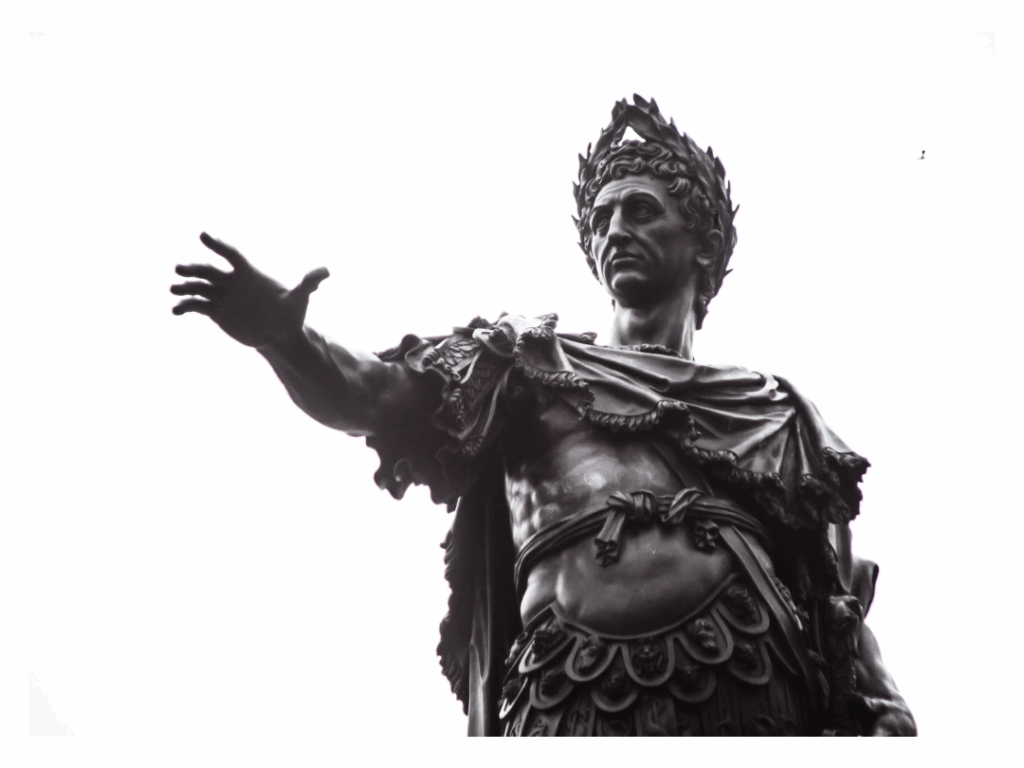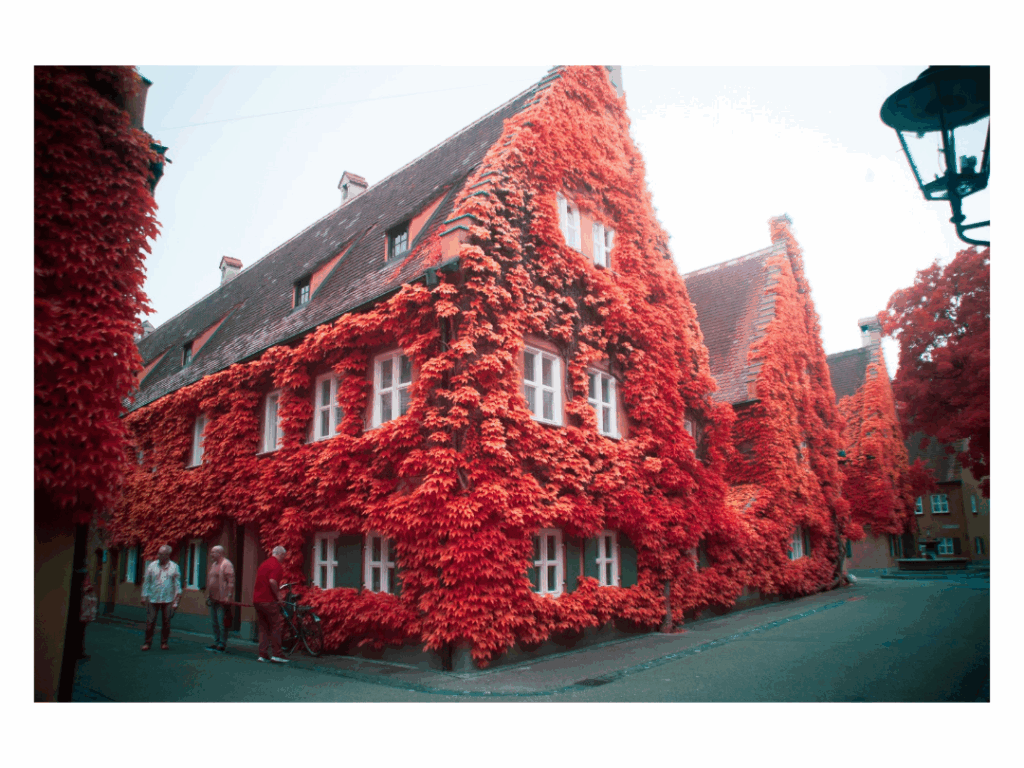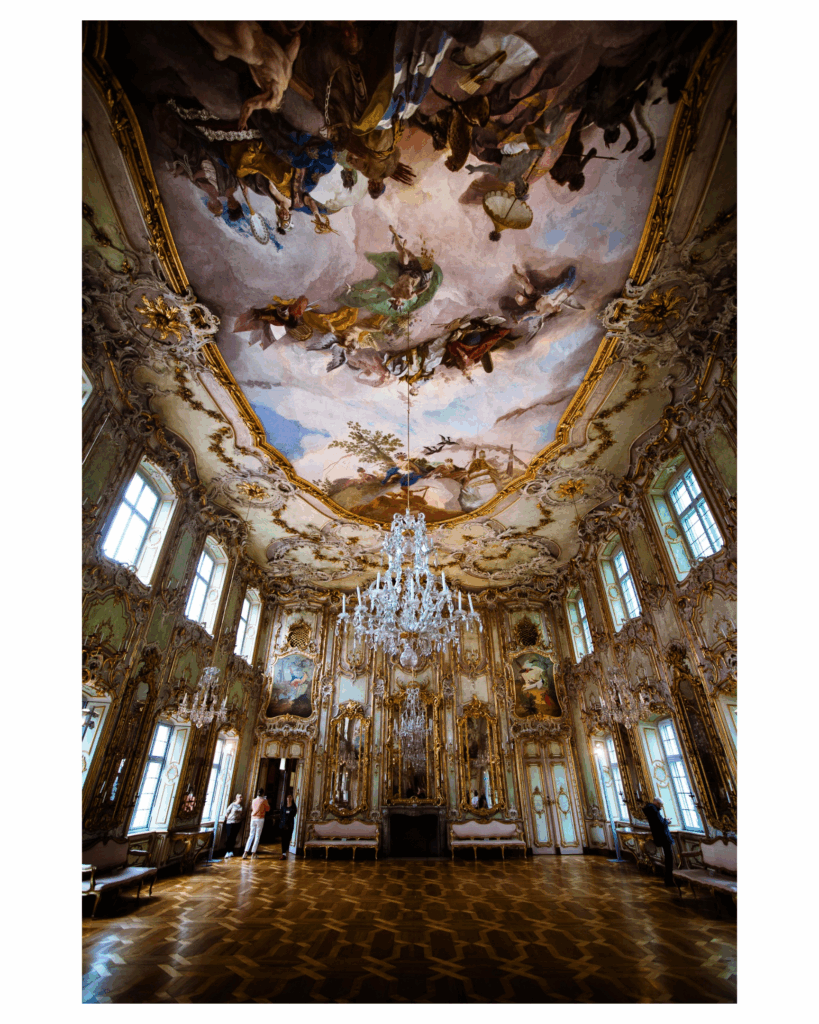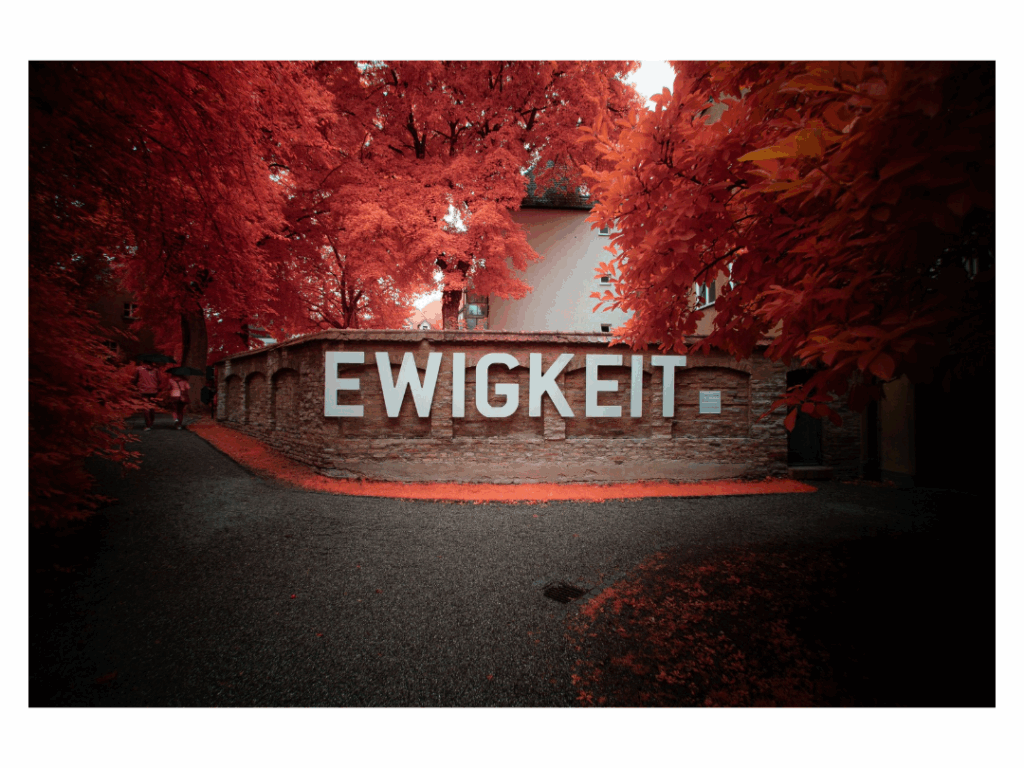Augsburg is one of Germany’s oldest cities, and it has been shaped by water for centuries. The city’s water management system, consisting of canals, water towers, and Renaissance fountains, is recognized as UNESCO World Heritage. Walking through Augsburg, you constantly hear or see water running. It flows quietly between houses and across squares, part of a system that has worked for more than 500 years.

In the center stands the Augustus Fountain. Built in the late 16th century, it shows the emperor Augustus, the city’s legendary founder. Around him are figures symbolizing rivers, connecting Augsburg’s history directly to its water sources. For me, it felt like a monument that celebrates not the ruler, but the engineering masterpiece that Augsburgs Watersystem is.

But Augsburg’s story is not only about fountains and canals. It is also about people who changed the city. One of the most famous sites is the Fuggerei, the world’s oldest social housing complex still in use. Founded by the wealthy Fugger family in the 16th century, it offered affordable housing for citizens in need. Walking through the small streets inside feels like stepping into a quiet village within the city. As per its founders will, the rent has never risen in the Fuggerei and today it stands at only 0,88€! I used the infrared camera to shoot the overgrown buildings, creating a calm autunmn vibe.

Another highlight is the Schaezlerpalais, often called the Silver Traders House. It is a baroque palace once owned by rich merchants, showing how much wealth trade brought to Augsburg. Inside you can still see decorated rooms, art collections, and a ballroom that stretches through the building. It is a reminder that Augsburg was once one of Europe’s most powerful trading hubs.

Together these places show Augsburg’s character. A city built on water, proud of its fountains, shaped by powerful families, but also remembered for early social housing. Exploring Augsburg was a way to see how heritage is not one-sided. It is both what you see in grand monuments and what you don’t immediately notice, like the quiet canals or the long tradition of community care.



